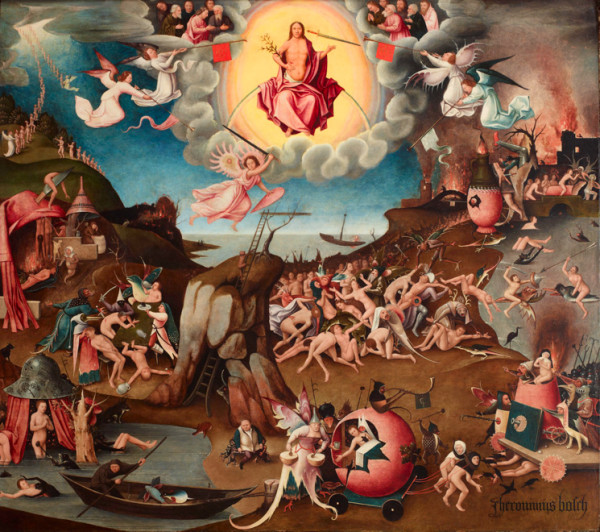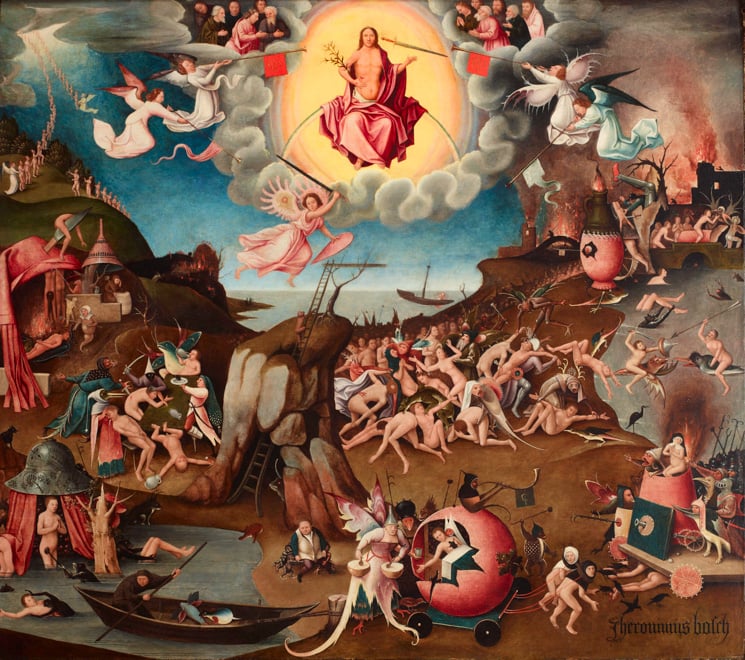
Empathy, or the German Einfühlung, a term experimental psychologist Edward Titchener coined in the 1900s, literally means to “feel oneself into the place” of someone else. The collection “Empathy,” on view through Jan. 25, 2016 in the Robert Mondavi Family Gallery at Cantor, enhanced with pieces spanning four centuries, marries visual experience with empathy. The exhibit undertakes a formidable task: translating the sight of elegant brushwork and textures into persuasive arguments. The obvious one-sidedness of these artists’ arguments, however, dampens this ambitious endeavor.
The techniques of brush, lighting, portrait, lithograph and oil on canvas employed by the masters is unbeatable in light of the exhibit’s lofty goals. Medardo Rosso’s bronze “Parisian Urchin,” sporting a toothy grin and soiled headpiece, rebels against the idealized human figure that was advertised by his academic training.
It’s hard to dispute the seductive nature of chromatic variety employed by painter Horace Pippin. The wonderful pairing of muted blue oil colors involved in the creation of “The Lady of the Lake” (1888–1946 West Chester, Pennsylvania) prompted Sir Walter Scott and company to compose these famous lines:
“How sweet at eve the lover’s lute
Chime when the groves were still and mute!
And when the midnight moon should lave
Her forehead in the silver wave.”
As much as polished technique rings outstanding, the collection, unfortunately, is very much a European-centered vision sculpted by English polite society and Christianity. Aside from a few meager Shiva statuettes and two photographs from the civil rights era, it lacks the diversity touted by the laminated descriptions tacked along the walls.
Empathy belongs to the human condition, but I found little evidence of this in the selected works as I strolled through the gallery. The perfect example is “The Magdalene,” featuring a nude, with a glowing skin-tone created by over ten layers of 15 hues of coral over beige. Considering the piece’s era and intended audience, how much empathy can white males experience in admiring a woman whose body clashes to the ground in pain? Is the painting simply meant to entertain? The distinction is not clear.
While the homogeneity of the exhibit takes us away from its goal of drawing us into another person’s mind, its strengths fall along the same lines. A few pieces are timeless and pertinent to current social themes.
Playing with the power of persuasion, Gainsborough’s portrait of politician James Maitland, dewy with rosy lips and gloriously powdered cheeks, employs the deceit of aesthetics. Maitland, in reality, was a belligerent and violent revolutionary. Yet, the ability to elicit empathy with the strokes of a brush and the right coloration has been preserved across oceans. It’s not hard to imagine spellbound citizens casting votes based on the soothing angles of his strong jawline.
Finally, and probably the most celebrated sculpture in the collection, Nature Unveiling Herself Before Science (Louis Ernest Barria c. 1899) features Nature as a voluptuous woman disrobing, ostensibly for the benefit of science — and those involved in its discovery. The gilt-bronze headdress and polychromed marble breasts have immortalized the statute. The sumptuous textures and materials of the drapery enhance tactile appeal. In a time when doctors did not receive grand compensation, the work has the power to lure angsty young men into medicine.
